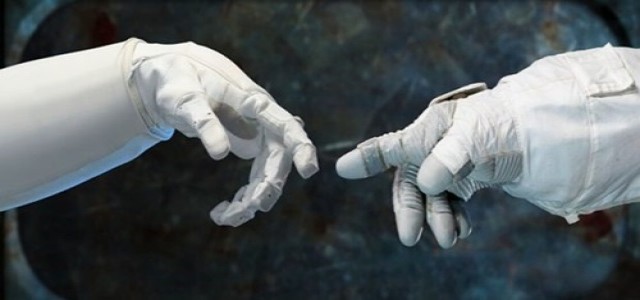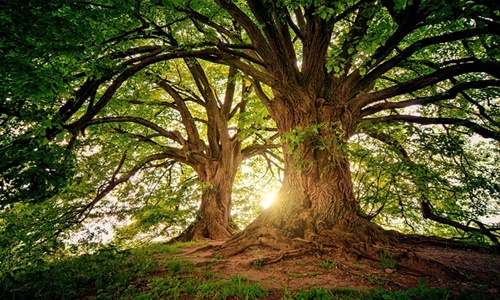The Japan Aerospace Exploration Agency has reportedly announced the retrieval of an asteroid dust capsule from the remote frontiers of Australia, following a six-year long mission that might assist in unveiling more about the origin of water and the planets.
As stated by the Head of the Australian Space Agency, Megan Clark, the sample would begin to tell its stories once it is safely delivered to Japan, uncovering some wonderful insights regarding the origin of water on Earth and the way living organisms, such as the organics, plants, carbon-based animals, and humans might have been formed. The agency’s job of backing JAXA will not be completed until it ensures the safe delivery of the sample from Australia to Japan, added Clark.
According to sources, the Japanese Hayabusa 2’s mission underscores Asia’s increasing role in space exploration. The capsule consisting of the first extensive samples of asteroid dust was flown from the landing site in a desert in Australia to a domestic research facility of the JAXA (Japan Aerospace Exploration Agency) with the aid of a helicopter.
Japan’s craft apparently revolved above the asteroid for a few months for mapping its surface prior to landing. The aircraft utilized small explosives for blasting a crater and then collecting the resultant debris. After the capsule was dropped off, the Hayabusa 2 changed course and headed back into space. Upon re-entry into the atmosphere, the capsule lit up and landed into the restricted area of Woomera, which lies about 285 miles north of Adelaide.
The return was reportedly applauded by spectators who gathered at a theatre near the Japanese capital of Tokyo in masks. The people maintained a safe distance from each other as precautions against the SARS-CoV-2 virus. Asteroids are reckoned to be formed at the dawn of the solar system. Scientists assert that the procured sample might contain organic matter that could have added to life on Earth.








